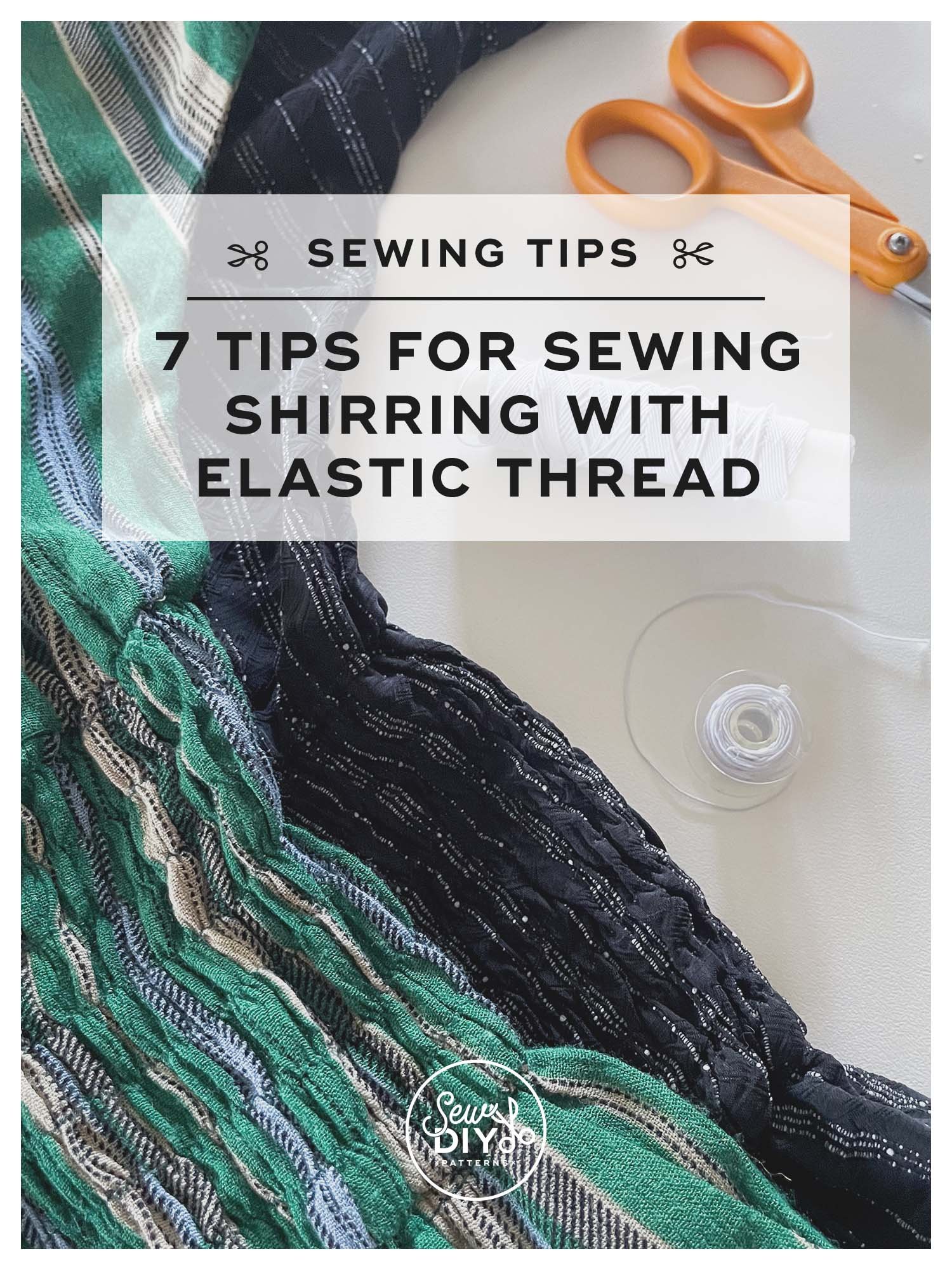Hello sew-friends! Today, I'm sharing my top eight tips for sewing shirring with elastic thread. Shirring creates a stretchy gathered fabric that fits closely to the body. It's often used in the torso, bust, back, waist, neckline and wrist areas of a pattern. There are lots of possibilities! You can actually buy fabric that is already shirred along one selvage but when you learn how to sew your own, you'll have a lot more design opportunities. Shirring has a big design impact and is a great way to create a fitted garment that's also really comfy.
Pattern Fitting: How to Adjust the Shoulder Slope of a Pattern—Video Tutorial
Hello sew-friends! Today we're talking about how to make a shoulder slope adjustment to your sewing pattern. This is a simple adjustment that makes a BIG difference in the fit of tops, blouses and dresses with a shoulder seam. I didn't discover this fitting adjustment until many years into my sewing journey and now I'm kind of obsessed with it.
I have rather square shoulders, meaning my shoulders extend from the neck at almost a 90 degree angle. Most patterns are built with some downward slope to the shoulder seam so on my shoulders, tops would jut up at the neck. There was one shirt in particular that would stand up away from my body when I sat down that made me realize how ill fitting it was at the shoulder.
How to Color Block Sewing Patterns
Hello sew-friends! In today's post, we're diving deep on the subject color blocking in sewing. Color blocking is a fun and easy way to add contrast and personality to a garment or other sewn item. It's also a great way to enhance existing style lines or add new style lines to a garment. Color blocking is easy enough for beginners to tackle and a great way to use up smaller cuts of fabric. In this post, I'll explain what color blocking is, why you might want to do it and a few methods for color blocking your handmade garments and other sewing projects.











